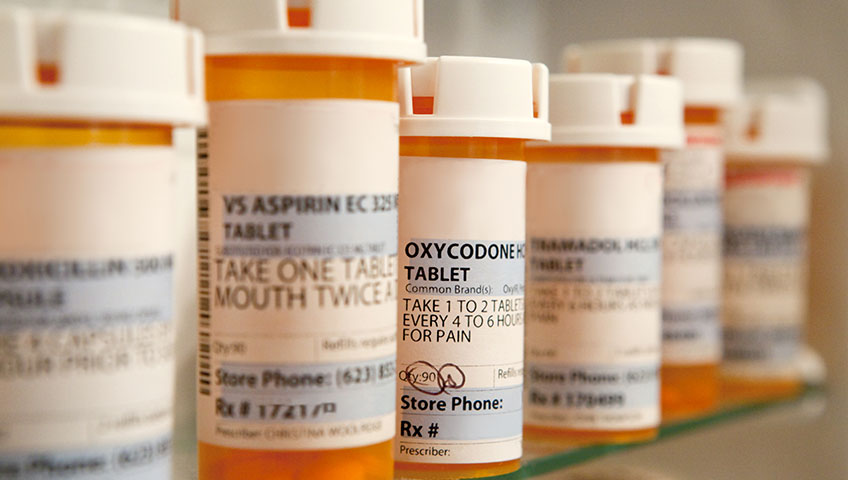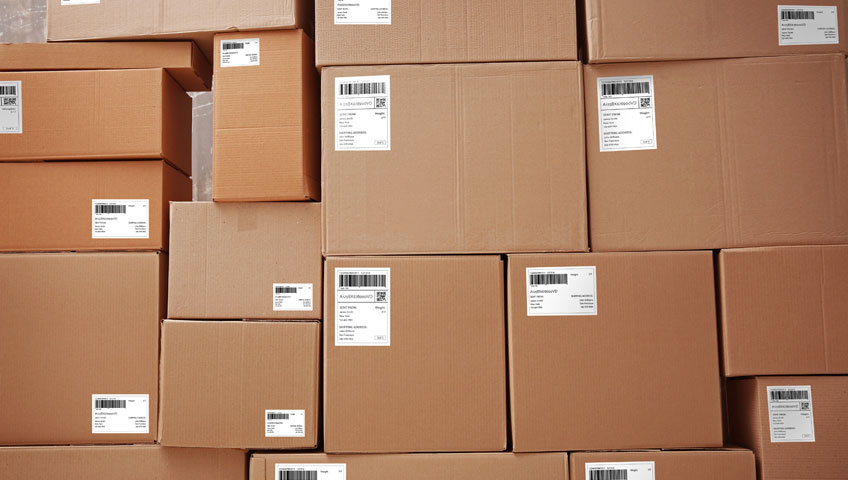
Labeling Solutions For Your Craft Soda Brand: Everything To Know
Once a niche product, craft sodas are exploding in popularity. Buyers are seeking them out because they’re tired of regular sodas and are looking for an alternative to alcoholic beverages.
Today, these soft drinks can be found at food trucks, soda boutiques, grocery stores and convenience stores. So, as a craft soda maker, how can your craft soda labels help your product stand out in this exploding market? Read more













